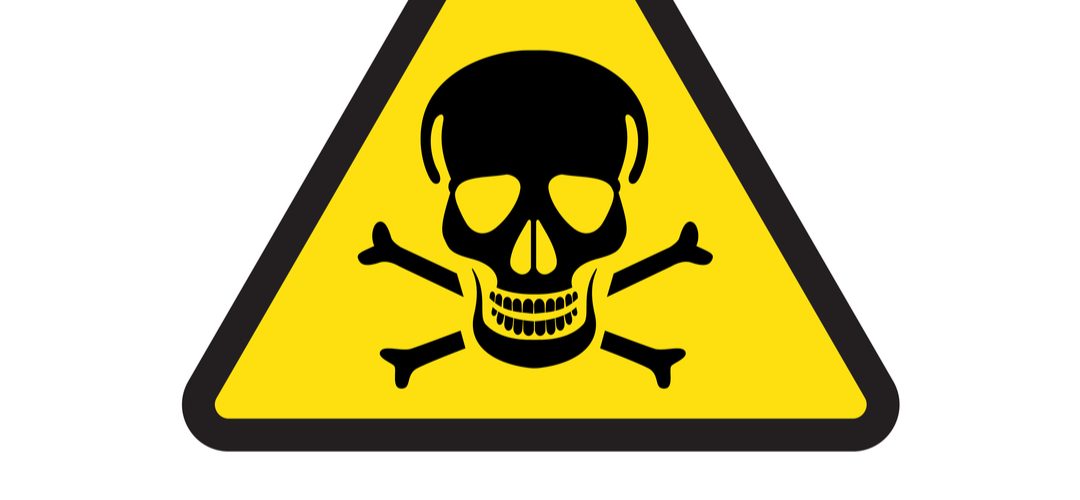A woman sued a Virginia assisted living facility alleging her husband, who was a resident there, died after mistakenly drinking dishwasher liquid that he thought was cranberry juice. The resident, who was 95, was noted to have unspecified dementia with behavioral disturbance and altered mental status. He was independently mobile and had a wandering behavior. He liked to drink cranberry juice, which was available for residents in the kitchen area.
The dishwasher in the memory care unit hadn’t been dispensing dishwashing liquid properly. An employee poured detergent containing sodium hydroxide into a cup with the intention of adding it to the dishwasher. Before doing so, the employee went to the bathroom and left the cup unsupervised and unsecured in the kitchen area, according to the suit. The resident entered the kitchen and saw the cup of red liquid sitting there. Thinking it was cranberry juice, he drank it.
He cried out after drinking the liquid and a staff member came to see what was wrong. He motioned to the cup and said, “I drunk this and I’m going to die,” according to the suit. He was taken to the hospital where he died later that day. He had suffered severe burns to his esophagus, disfigurement, mental anguish, and other pain, according to the lawsuit. He also incurred medical expenses.
According to the lawsuit, the facility had failed to train its staff on the supervision of dementia patients and had failed to have appropriate policies in place to store toxic chemicals and to protect patients from accidental ingestion of the chemicals.
Issue:
Items which may not be hazards by themselves can become hazardous when a vulnerable resident interacts with them. Some temporary hazards in the resident environment can affect most residents who have access to them (e.g., construction, painting, and housekeeping activities). Other situations may be hazardous only for certain individuals (e.g., accessible smoking materials). In order to be considered hazardous, an element of the resident environment must be accessible to a vulnerable resident. Resident vulnerability is based on risk factors including the individual resident’s functional status, medical condition, cognitive abilities, mood, and health treatments (e.g., medications). Supervision and/or containment of hazards are needed to protect residents from harm caused by environmental hazards.
Discussion Points:
- Review policies and procedures for resident safety, including identifying and eliminating accident hazards in the resident’s environment, to the extent possible, and for providing appropriate and sufficient supervision to each resident to prevent an avoidable accident.
- Train all appropriate staff on resident safety policies and procedures, documentation, and reporting requirements. Document that the trainings occurred, and file the signed documents in each employee’s education file.
- Periodically audit care plans to ensure that they are appropriate and contain evidence-based interventions to keep residents free from injury, that interventions are revised as needed, and that staff are informed of changes.












































































